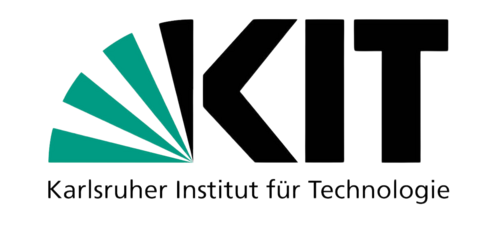The research university in the Helmholtz Association: The Karlsruhe Institute of Technology combines interdisciplinary research with state-of-the-art technology to drive forward sustainable developments in energy, mobility and information.
With HIDA's mobility programs, data science talents can participate in pioneering research projects at KIT. The aim of KIT is to make knowledge usable for society and the environment through innovation, to critically accompany technical developments and to develop sustainable solutions for global challenges in areas such as energy, mobility and information.

About the Helmholtz Association
The Helmholtz Association
The Helmholtz Association is Germany’s largest scientific organization. Our cross-cutting research programs connect the 18 Helmholtz research centers.
Each center has its own scientific focus areas and infrastructures. The research is thematically structured into six fields:
- Energy
- Earth & Enviroment
- Health
- Information
- Aeronautics, Space & Transport
- Matter
The Karlsruhe Institute of Technology (KIT) is the only German university of excellence with large-scale national research and offers excellent conditions for its 23,000 students as well as its researchers and employees. With more than 10,000 employees, around half of whom work in research, KIT works interdisciplinarily in the natural sciences, engineering, economics, humanities and social sciences.
Main research areas:
- Sustainable energy management and technologies
- Intelligent mobility solutions
- Information and communication technologies
- Climate and environmental research
- Materials science
- Technology assessment
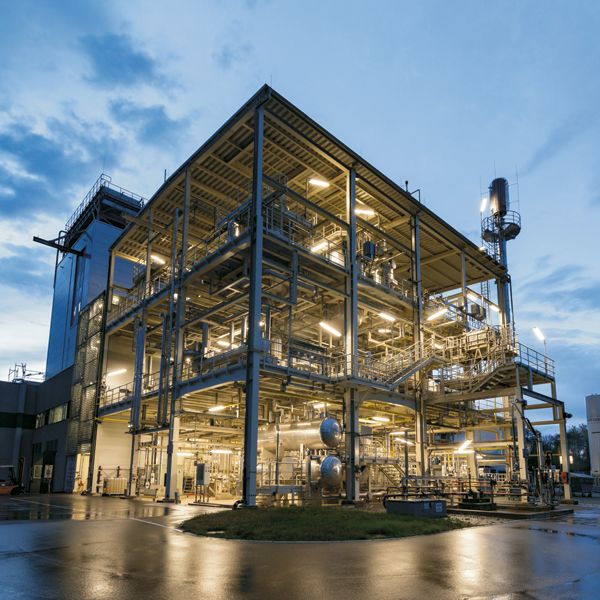
The sites
Research sites of the KIT
- Karlsruhe
- Branch offices in Dresden, Garmisch-Partenkirchen and Ulm
KIT expertise in the field of data science and AI
KIT relies on data science-based research and artificial intelligence to analyze complex systems and develop innovative applications. In interdisciplinary teams, large amounts of data from different areas are combined to gain new insights for science, industry, and society.
The use of big data analysis and machine learning is creating forward-looking solutions for mobility, energy efficiency and digital technologies that actively shape social change.
- AI-supported analysis of energy networks
- Autonomous and connected mobility
- Digital twins in materials research
- Machine learning for climate models
- Security and data protection concepts for digital infrastructures
KIT not only creates and imparts knowledge for society and the environment, but also develops applications for industry based on this knowledge.
Application
Would you like to conduct research and work at KIT? Then apply now for the HIDA Mobility Program!
Please contact your potential supervisor by email before applying to propose and discuss a research project. Only submit your application after this has been clarified.
You can find more information about the application requirements here.
Note for external applicants:
If you have any questions about application formalities or organizational procedures, please contact your home institution directly.
The Hosts at KIT
Get to know some of the hosts at KIT and learn more about their respective research based on data science.
Please note: The listed hosts represent only a selection of possible supervisors.
You are also welcome to independently contact other potential hosts at the center and coordinate your participation in the HIDA Mobility Program directly with them.
If you have any questions, please send an email to: hida@helmholtz.de
Are you interested in becoming a Helmholtz host yourself and looking for support for your research project?
Then please also contact the above-mentioned email address.
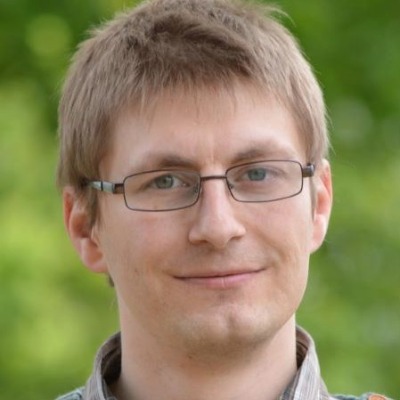
Jörg Meyer
Data Analytics, Access and Applications
Contacts

Short summary of your group's research: The department Data Analytics, Access and Applications (D3A) at the Steinbuch Centre for Computing (SCC) performs research in applied Artificial Intelligence engineering, contributes to the European Open Science Cloud, has in-depth expertise in federated authentication and authorization infrastructures, and works on joint research of computer scientists and researchers from the field climate and environment. Recently, we launched a team working on the prospering field of Quantum Computing with a focus on hybrid quantum-classical machine learning algorithms.
What infrastructure, programs and tools are used in your group? Depending on the topic we use various programming languages and computing environments such as high performance computing clusters. For many challenges Python turned out to be the first choice.
What could a participant of the HIDA Trainee Network learn in your group? How could he or she support you in your group? As a candidate you will be part of our lively quantum computing team where you will gain or deepen your understanding on different aspects of quantum machine learning, our current research as well as algorithmic methods. You can further learn state-of-the-art software development methods by supporting us in extending and developing scientific open source software for quantum computing.
You can complement our interdisciplinary team by generalizing and evaluating our methods based on your own background and data and thereby enhance existing activities or even kickstart new activities.
Depending on your interests you can get an overview on other recent research topics in D3A and other research departments at SCC.
At present, Jörg Meyer can only accept applications from people interested in the HIDA Trainee Network, i. e. Helmholtz-internal candidates.
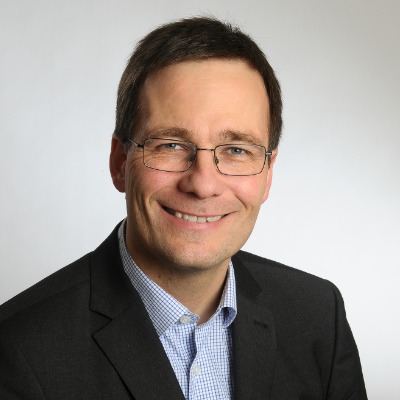
Peter Sanders
Algorithm Engineering
Contacts

Short summary of your group's research: Efficient algorithms and data structures are the basis of all nontrivial computer applications. Algorithmics – the systematic development of efficient algorithms – is therefore crucial for transforming technological potential into applications that are important for technology, business, science, and our daily lives. At the institute of theoretical informatics, our group focuses on the "basic toolbox" of methods that are needed in many applications, e.g., sorting, hash tables, index data structures, route planning in graphs, or partitioning graphs. A particular focus is on parallel algorithms ranging from shared-memory machines to the largest supercomputers. Here, basic tools we develop include load balancing, collective communication primitives, and (hyper)graph partitioning.
Helmholtz researchers outside computer science might profit from a cooperation with our group if improved basic tools can remove performance bottlenecks in their applications.
What infrastructure, programs and tools are used in your group? C++, MPI, Intel TBB, OpenMP. Our own software libraries for sorting, (compressed) hash tables, search trees, (hyper)graph partitioning, route planning,... Various parallel computers ranging from shared-memory machines to large supercomputers (e.g. SuperMUC-NG).
What could a participant of the HIDA Trainee Network learn in your group? How could he or she support you in your group?
Learn: algorithm engineering (i.e., design, analysis, implementation and experimental evaluation as a holistic process), understanding of scalability issues. Use of our techniques and software.
Support: Develop improved basic algorithmic tools with us. Engineer you application with us using our techniques, algorithms, and software libraries. A goal would be to have a prominent joint publication.
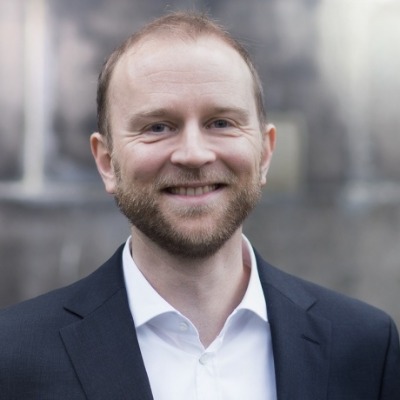
Martin Frank
Computational Science & Mathematical Methods
Contacts

Short summary of your group's research: The research group Computational Science and Mathematical Methods (CSMM) under the supervision of Prof. Dr. Martin Frank is an interdisciplinary research group working on different challenges in mathematical modeling. We are unified by our interest in method-oriented mathematics, in mathematical modeling inspired by applications, and in the didactics of mathematical modeling. Our research focuses on bringing modern mathematical techniques such as modeling, simulation, optimization, inverse problems, uncertainty quantification, and machine learning/artificial intelligence into the real-world. Furthermore, we take an interest in kinetic theory, developing models, numerical methods and software implementations and combining them with the aforementioned techniques.
What infrastructure, programs and tools are used in your group? Among other things, we use the modern high performance computing infrastructure of KIT, namely bwUniCluster. We develop software and tools in Julia, Python, C++ and Matlab, depending on the project. We employ several project specific software stacks for uncertainty quantification and medical image processing.
What could a participant of the HIDA Trainee Network learn in your group? How could he or she support you in your group? As an interdisciplinary research group, we offer a lot of possibilities for a participant of the HIDA Trainee Network and many different interesting projects to support. A mathematically oriented participant could learn interesting aspects about machine learning based numerical methods for kinetic equations. Furthermore, the group offers projects in mathematical methods for uncertainty quantification and dynamical low rank.
An application-oriented participant may find interest in the project about neural network based medical image processing or uncertainty quantification in radiation therapy.
A participant, who is interested in teaching, can learn about bringing modern and method oriented mathematics to the classroom and can work on applied mathematical projects with high school students.
We develop an open source simulation toolkit for radiation therapy planning, which also offers the possibility to engage and participate. Detailed descriptions of our projects can be found on our group homepage.
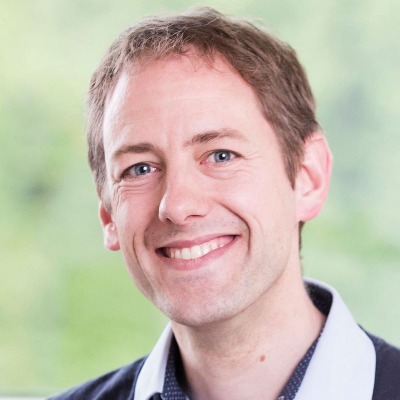
Jan Cermak
Satellite Climatology
Contacts

Short summary of your group's research: We focus on the development, validation and application of geophysical remote sensing techniques, with special attention to the Earth surface - atmosphere interface. Topics of special attention include cloud processes, air pollution, land-surface temperature and interactions between the land surface and lower atmosphere. Our methods are primarily remote sensing and machine learning.
What could a participant of the HIDA Trainee Network learn in your group? How could he or she support you in your group? Collaboration is at the core of our approach to research. We can offer the opportunity to learn in this exchange about our topics and methods. KIT is one of the most exciting locations for atmospheric research, with world-class infrastructures, several seminar series and numerous project links to other institutions around the world. You will become part of this environment.
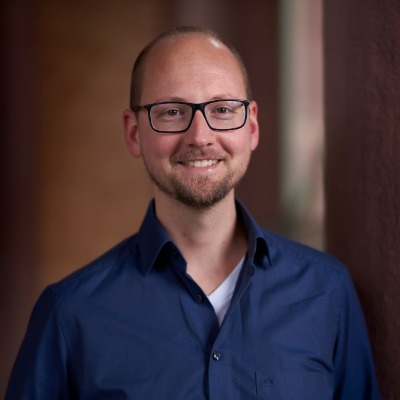
Pascal Friedrich
Artificial Intelligence for Materials Sciences
Contacts

Short summary of your group's research: The AiMat group works on the development and application of AI and machine learning (ML) methods for materials science and chemistry. Focus topics are (graph) neural networks for the prediction of molecular and materials properties, the combination of interpretable AI methods, ML-enhanced simulations and automated experiments to autonomous materials acceleration platforms, and generative models for inverse materials design.
What infrastructure, programs and tools are used in your group?
Infrastructure: HPC systems as BWUniCluster and HoreKa
Programs: Python and machine learning libraries, as well as quantum chemistry simulations
What could a participant of the HIDA Trainee Network learn in your group? How could he or she support you in your group? We welcome participants with either a background in machine learning and methods development, who are interested in applying the models to interesting scientific questions, or participants with a background in materials science/chemistry/physics, who want to learn more about machine learning and teach us about their application areas!
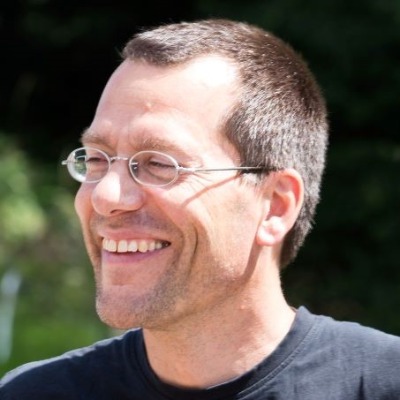
Uwe Ehret
Water and River Basin Management
Contacts

Short summary of your group's research: Our group has a wide range of hydrology-related interests comprising conceptual and physically based hydrological modeling, ecohydrology, application of thermodynamic principles to hydrology, data-infrastructures and data-based learning. In the context of HIDA, especially the latter topic is of interest: My colleague Ralf Loritz and I focus on applying machine-learning approaches to hydrological modeling, and applying concepts from information theory for both hydrological system analysis and as a basis for building hybrid hydrological models merging information from data and knowledge.
What infrastructure, programs and tools are used in your group? We have developed and use a range of open-source Matlab- and Python-based tools for analysis and modeling in hydrological and geostatistical contexts. See more on Link.
What could a participant of the HIDA Trainee Network learn in your group? How could he or she support you in your group?
What you can learn from us:
- Applying state-of-the-art tools for supervised and unsupervised learing in hydrological settings
- Applying state-of-the-art machine-learning tools for hydrological forecasting and prediction
- The beauty and generality of concepts from information theory, and how they can be used for hydrological analysis and model building
What we can learn from you:
- A fresh look and feedback on what we do
- New insights into our methods by applying them to your data and problems
- Learn about alternative methods
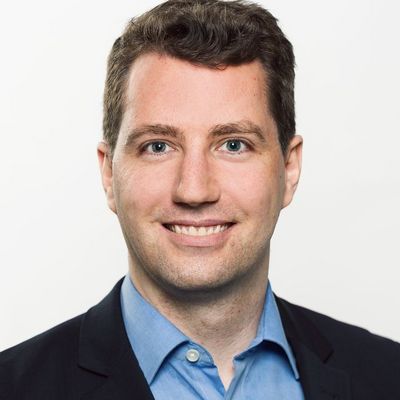
Michael Färber
Web Science
Contacts

Short summary of your group's research: The research group "Web Science," headed by Dr. Färber, deals with data science and web science. The focus is on the development and application of artificial intelligence (AI) methods. This includes the semantic representation of knowledge through knowledge graphs, machine learning (e.g. for search and recommendation systems), and natural language processing.
What infrastructure, programs and tools are used in your group?
HPC systems (e.g., www.nhr.kit.edu/userdocs/horeka/, wiki.bwhpc.de/e/Category:BwUniCluster_2.0); own server infrastructure for experiments and demonstrations; programming typically in Python.
What could a participant of the HIDA Trainee Network learn in your group? How could he or she support you in your group? We welcome participants with a background in natural language processing, knowledge graphs, or machine learning (e.g., with a degree in computer science, industrial engineering, computational linguistics, mathematics, or a related subject), who want to perform joint research with us and publish the results at international venues. We offer a modern workplace, a pleasant working atmosphere, and flexible working times. Current research topics include the combination of deep neural networks with knowledge graphs, information extraction for knowledge graph creation, and using knowledge graphs for (explainable) recommender systems. We also welcome new research ideas.
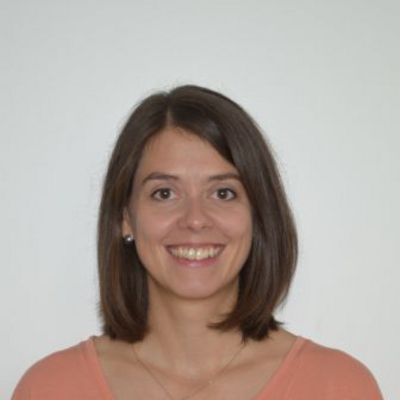
Martina Klose
Mineral Dust
Contacts

Short summary of your group's research: We investigate mineral dust processes with the goal to better quantify the (dust) aerosol cycle and its impacts on climate and environment. Our focus is on dust emission, dust-cloud interactions, interactions of dust with other aerosols, as well as on land-surface properties and their changes. In our research, we apply and develop numerical models, study processes theoretically, and conduct field and laboratory experiments.
What infrastructure, programs and tools are used in your group? High-performance-computing; weather models such as ICON-ART; observational instrumentation
What could a participant of the HIDA Trainee Network learn in your group? How could he or she support you in your group? We can offer expertise with numerical modeling and working with heterogeneous data sets, such as model and observational data. We are interested in expanding our activities toward artificial intelligence and novel statistical methods for data analysis.
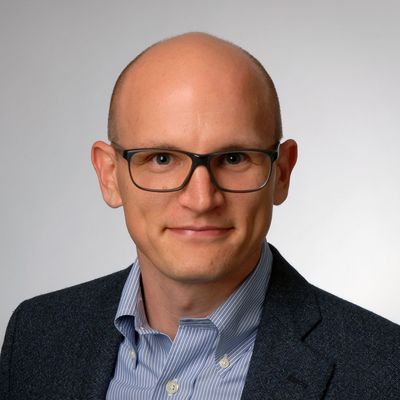
Sebastian Krumscheid
Uncertainty Quantification
Contacts

Short summary of your group's research: We develop advanced mathematical and numerical techniques for the treatment and quantification of uncertainties in complex computational models. Our research focuses on theoretical and methodological aspects, as well as on interdisciplinary projects where theoretical sound methodologies are tailored to applications. For these tasks, we employ a variety of techniques, including tools for high-dimensional approximations and machine learning, Bayesian approaches for inverse problems and data assimilation, as well as efficient and robust sampling methods.
What infrastructure, programs and tools are used in your group? Our interdisciplinary research focus necessitates the use of a wide range of tools. For example, we implement our developed mathematical methodologies in modern programming languages, such as Python, C++, Matlab, and R, depending on the project. Moreover, we take advantage of the modern high-performance computing infrastructure at KIT for computational-intensive tasks.
What could a participant of the HIDA Trainee Network learn in your group? How could he or she support you in your group? As a participant, you will become part of a highly motivated team. You will be able to learn about advanced mathematical and computational methodologies for the treatment and quantification of uncertainties at the interface of computational models and data. With your expertise, we will carry out novel interdisciplinary research by applying our methodologies to your data and problems. Furthermore, your application oriented expertise could inspire new ideas at the intersection of computational models and data that may spark new collaborative research activities.
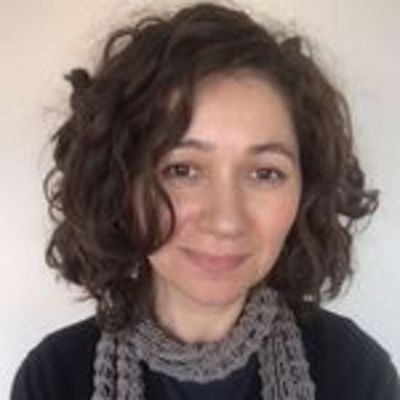
Sanja Lazarova-Molnar
Applied Informatics & Formal Description Methods
Contacts

Three-sentence summary of your group's research: The research group Systems, Data, Simulation & Energy (SYDSEN) is concerned with the advancement of the field of Modeling and Simulation by developing new methods to utilize nowadays prevalently available data from easily accessible Internet of Things (IoT) devices. In addition, the research group looks at the synergies between Artificial Intelligence and Simulation to enhance both areas.
The application areas focus on cyber-physical systems, including smart factories and energy systems, and enhancing various performance metrics, such as energy efficiency, production and reliability.
What could a guest researcher learn in your group? How could he or she support you in your group? How to use data-driven methods to enhance modelling and simulation processes.
The guest researcher can participate with collaboration in ongoing or new research, as well as knowledge dissemination and participation in classes.
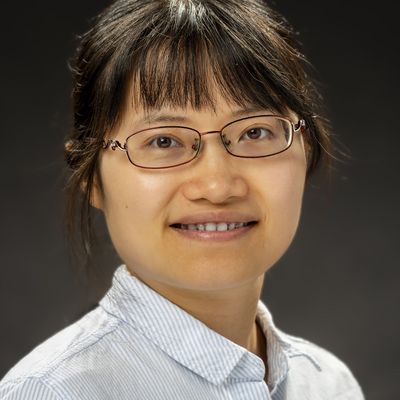
Jingyuan Xu
Microstructure Technology
Contacts

Short summary of your group's research: My research focuses on:
- development of elastoclaoric cooling device
- shape memory alloys and elastomers for elastocaloric cooling
- solar systems (PV, solar thermal, PVT) for cooling, heating and power
- solid-state cooling/heat pump
What could a participant of the HIDA Trainee Network learn in your group? How could he or she support you in your group? Next-generation sustainable zero-carbon energy technologies for cooling, heating and/or power, with emphasis on the renewable energy sources (e.g., solar energy) and/or the waste heat, with the ultimate goal of reducing greenhouse gas emissions and mitigating the impacts of climate change for sustainable future.


